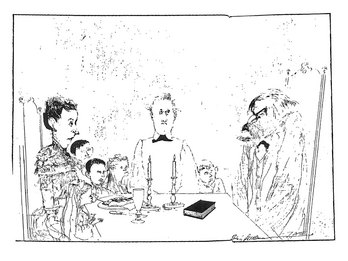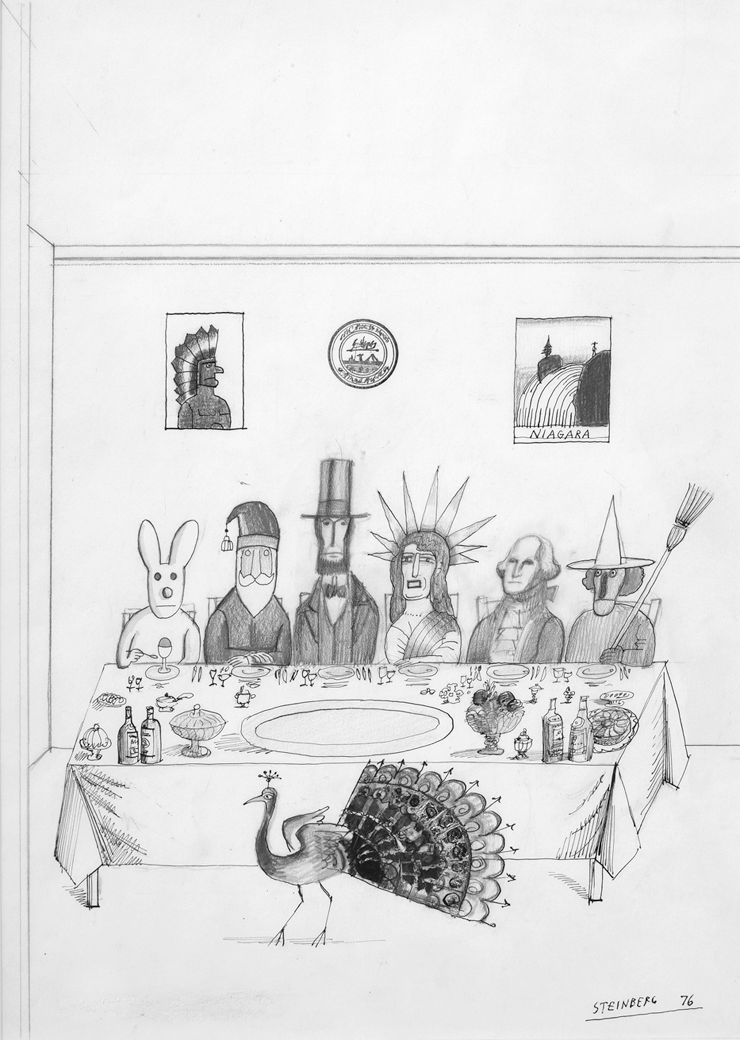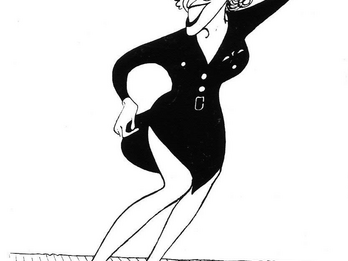Peacock Thanksgiving
Saul Steinberg
1976

Creator Bio
Saul Steinberg
Educated in architecture in Italy during the 1930s, Romanian-born Saul Steinberg became an extraordinarily popular American artist after World War II through his regularly featured drawings, cartoons, and covers for The New Yorker magazine. Steinberg’s inventive enigmatic modernism found expression in masks, drawings, collages, and watercolors that incorporated letters, text, and self-reflections. He exhibited his work in European and American galleries, in a traveling retrospective that began at the Whitney Museum in 1978 and another that opened at the Morgan Library and Museum. He also published more than a dozen compilations of his drawings, beginning with All in Line (1945) and ending with The Discovery of America (1992).
You may also like
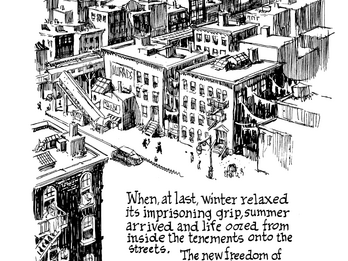
Cookalein
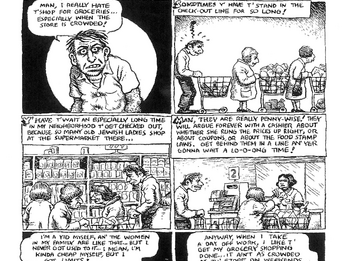
American Splendor
From My Mother’s Kitchen: Recipes and Reminiscences
